Ever wonder when do infants start playing with toys? You're not alone! Around 3 to 4 months, little hands begin to grab and explore, but even before that, newborns are soaking in the world through sights, sounds, and textures. Playtime changes fast in the first year, keeping pace with all the exciting ways your baby grows. In this guide, we’ll explore when babies start playing with toys and how play supports their development every step of the way.

Why Play Matters in the First Year?
Play is a cornerstone of infant development, fostering sensory exploration, motor skills, and emotional bonding. In the first year, babies learn through interaction, building neural connections that support language, problem-solving, and social skills. Play also strengthens parent-child relationships, as shared moments of joy create trust. By engaging with toys, babies practice hand-eye coordination and discover cause-and-effect relationships, laying the foundation for lifelong learning.
Baby Play Milestones by Age
As babies grow, their play changes from simple sensory reactions to complex interactions that reflect their developing abilities. Each stage of play is a window into their physical, cognitive, and emotional progress, offering parents opportunities to nurture their child’s potential. Here’s a breakdown of what to expect at each stage:
Newborn to 2 Months — Exploring Senses
Newborns don’t actively play but respond to sensory input. They’re drawn to high-contrast patterns, soft textures, and gentle sounds. By 2 months, babies track moving objects with their eyes and may smile at familiar faces or toys like mobiles. These early interactions lay the groundwork for when do babies start playing with toys.
3 to 4 Months — Grasping and Smiling
Around 3 months, babies begin to grasp objects, marking a key moment when do babies start to play with toys. They swipe at dangling toys, hold rattles briefly, and smile during play, showing social engagement. Hand-eye coordination improves, and they enjoy toys with varied textures or gentle sounds, like crinkly fabric books.
5 to 6 Months — Reaching and Mouthing
By 5 to 6 months, babies reach for toys with purpose and bring them to their mouths to explore. This mouthing phase is a natural part of sensory learning. They also start transferring toys between hands, showing improved motor control. Toys like soft blocks or teething rings are ideal for this stage.
7 to 9 Months — Sitting Up and Investigating
At 7 to 9 months, babies sit independently, freeing their hands to manipulate toys. They bang objects together, shake rattles, and explore cause-and-effect relationships. Curiosity drives them to investigate stacking cups or toys with moving parts, enhancing problem-solving skills.
10 to 12 Months — Moving, Mimicking, and Problem Solving
As babies approach their first birthday, they become more mobile, crawling or cruising while carrying toys. They mimic actions, like pretending to “cook” with toy pots, and tackle simple puzzles. Stacking rings and shape sorters captivate them, supporting cognitive growth and fine motor skills.
Best Types of Toys by Development Stage
Choosing toys that match your baby’s developmental stage enhances playtime and fosters growth. From sensory toys for newborns to problem-solving toys for older infants, the right toys spark curiosity and support when babies start playing with toys.
1. Sensory Toys
Sensory toys, like high-contrast mobiles or textured balls, captivate newborns and young infants. These toys stimulate vision, touch, and hearing, encouraging early exploration. They’re especially effective for babies under 4 months, who rely on their senses to engage with the world.
2. Interactive Infant Toys
Interactive infant toys, such as busy boards with knobs or textured pull toys, engage babies from 6 to 12 months by encouraging active exploration and cause-and-effect learning. Take the Alilo Baby Bunny as an example, this multi-functional interactive toy combines story and music playback. Its diverse content helps foster babies' language skills, imagination, and auditory comprehension.

3. Rattles Toys
Rattles are perfect for 3- to 6-month-olds, as they encourage grasping and shaking. The gentle sound of the rattle captures their attention, while the act of holding and shaking helps strengthen their hand muscles and improves sensory awareness.
4. Soft Plush Toys
Soft plush toys, like stuffed animals or fabric dolls, comfort babies from 5 months onward. They’re great for cuddling and early pretend play, fostering emotional development. Ensure they’re free of small parts for safety.
5. Stacking and Sorting Toys
Stacking cups and shape sorters challenge 7- to 12-month-olds, promoting problem-solving and fine motor skills. These toys teach concepts like size and shape while keeping babies engaged through repetition and discovery.
6. Activity Centers and Push Toys
For 10 to 12-month-olds, activity centers with spinning gears or levers encourage exploration. Push toys, like sturdy walkers, support early walking while adding an element of fun. These toys align with babies’ growing mobility and curiosity.
Tips for Safe and Engaging Play
To maximize playtime, prioritize safety and engagement:
- Choose age-appropriate toys: Ensure toys match your baby’s developmental stage to avoid frustration or hazards.
- Check for safety: Avoid toys with small parts, sharp edges, or loose components that pose choking risks or cause injury.
- Rotate toys: Introduce new toys every few weeks to maintain interest and stimulate curiosity.
- Engage together: Play alongside your baby to model actions and strengthen bonding.
- Keep it simple: Babies don’t need complex toys. Simple objects like stacking cups can spark creativity.
- Clean regularly: Regularly wash toys to prevent germ buildup, especially those that babies frequently put in their mouths.
- Observe cues: Follow your baby’s interest and energy levels to avoid overstimulation.
Conclusion
So, when do babies start playing with toys? It begins as early as the first month, like watching lights or reacting to sounds. By 6 months, play becomes more hands-on with grabbing, mouthing, and exploring. As your baby grows, playtime becomes more active and meaningful. Choosing simple, safe toys and joining in the fun helps your little one learn and develop every day. Most of all, enjoy these special moments together while they last.
FAQs
Can newborns actually “play”?
Newborns don’t play in the traditional sense but engage through sensory exploration. They respond to visuals, sounds, and touch, like gazing at a mobile or reacting to a parent’s voice. These interactions are the earliest form of play.
What toys are best for a 3-month-old baby?
For 3-month-olds, lightweight rattles, soft fabric books, and textured balls are ideal. These toys encourage grasping, sensory exploration, and early social smiles, aligning with their developmental needs.
Are electronic toys suitable for infants?
Electronic toys are less ideal for infants, as they can overstimulate and limit imaginative play. Simple toys like blocks or rattles better support sensory and motor development in the first year.
How often should I switch toys?
Rotate toys every 2 to 3 weeks to keep play fresh and engaging. Reintroducing “old” toys after a break can feel new to babies, sparking renewed interest without needing constant purchases.
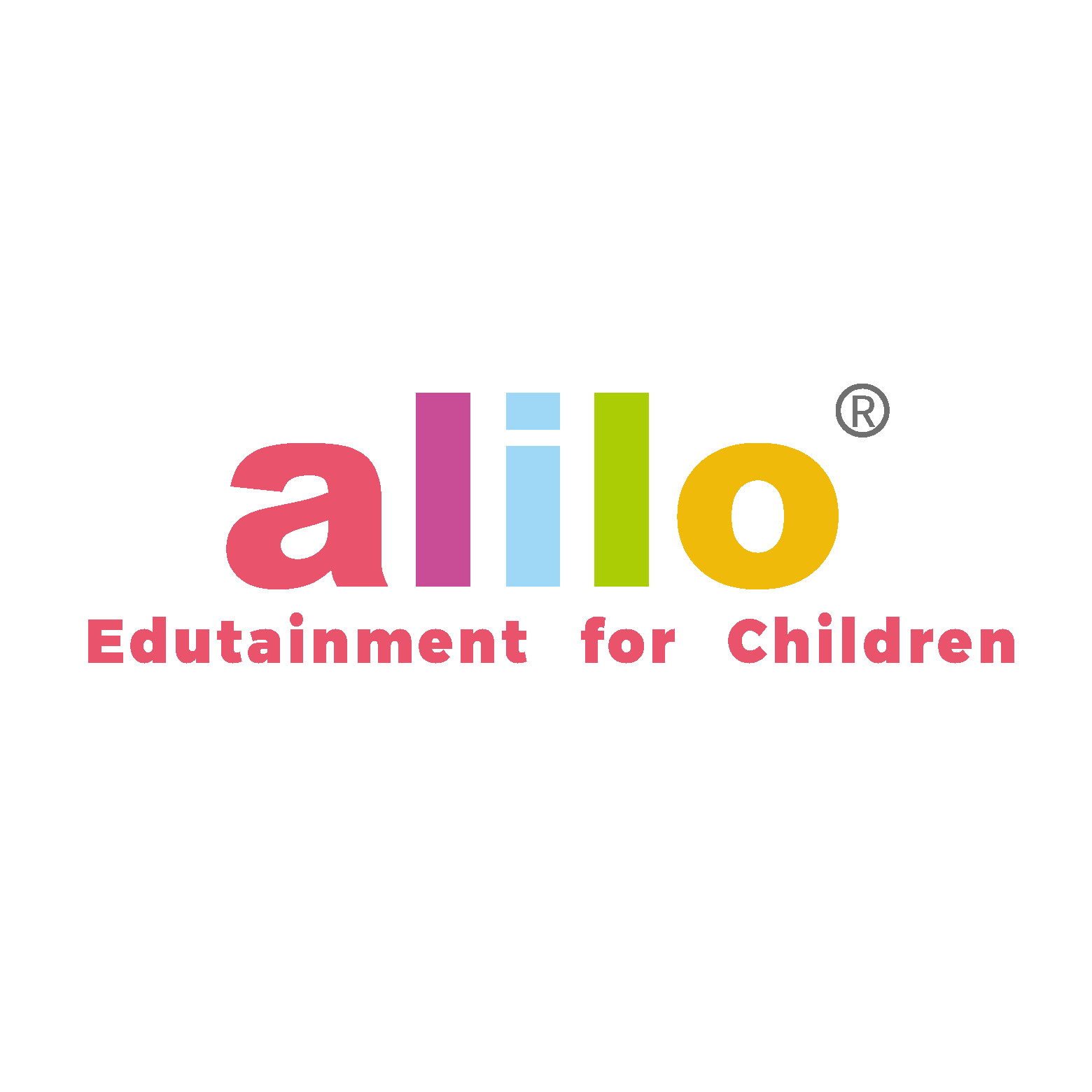
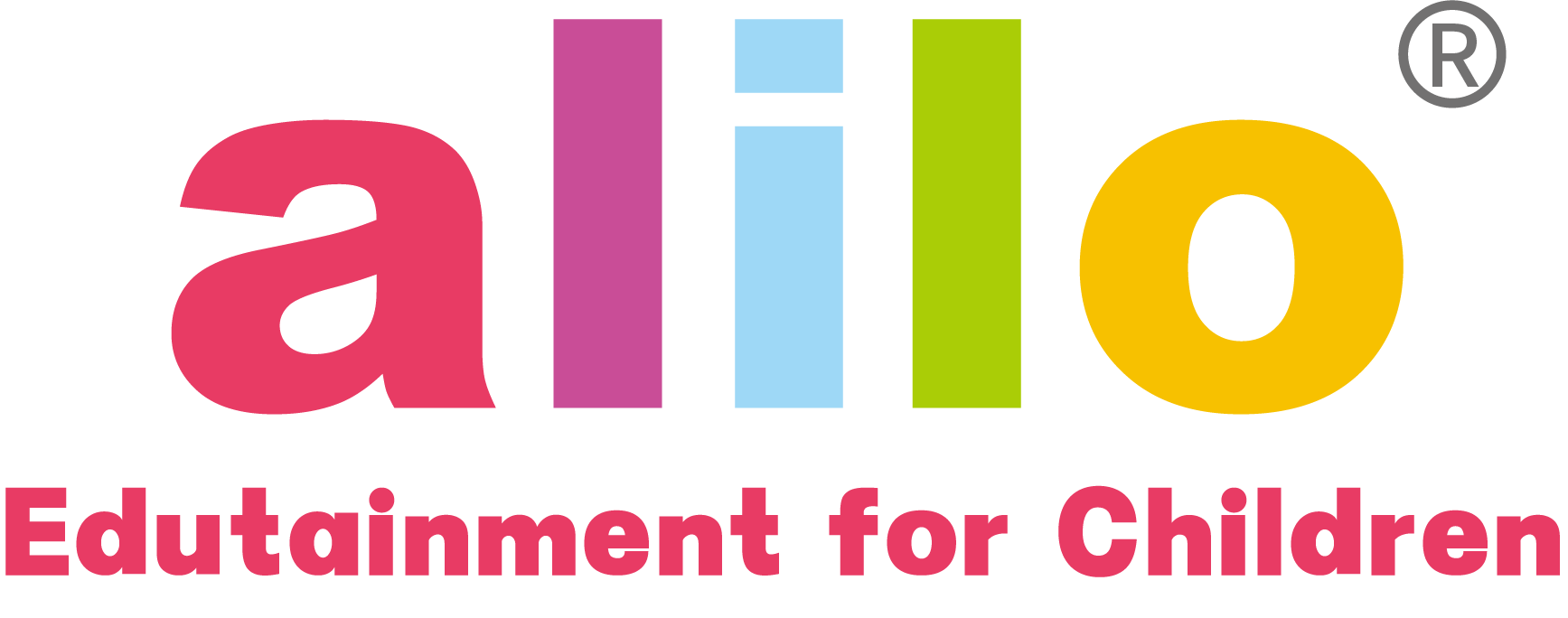
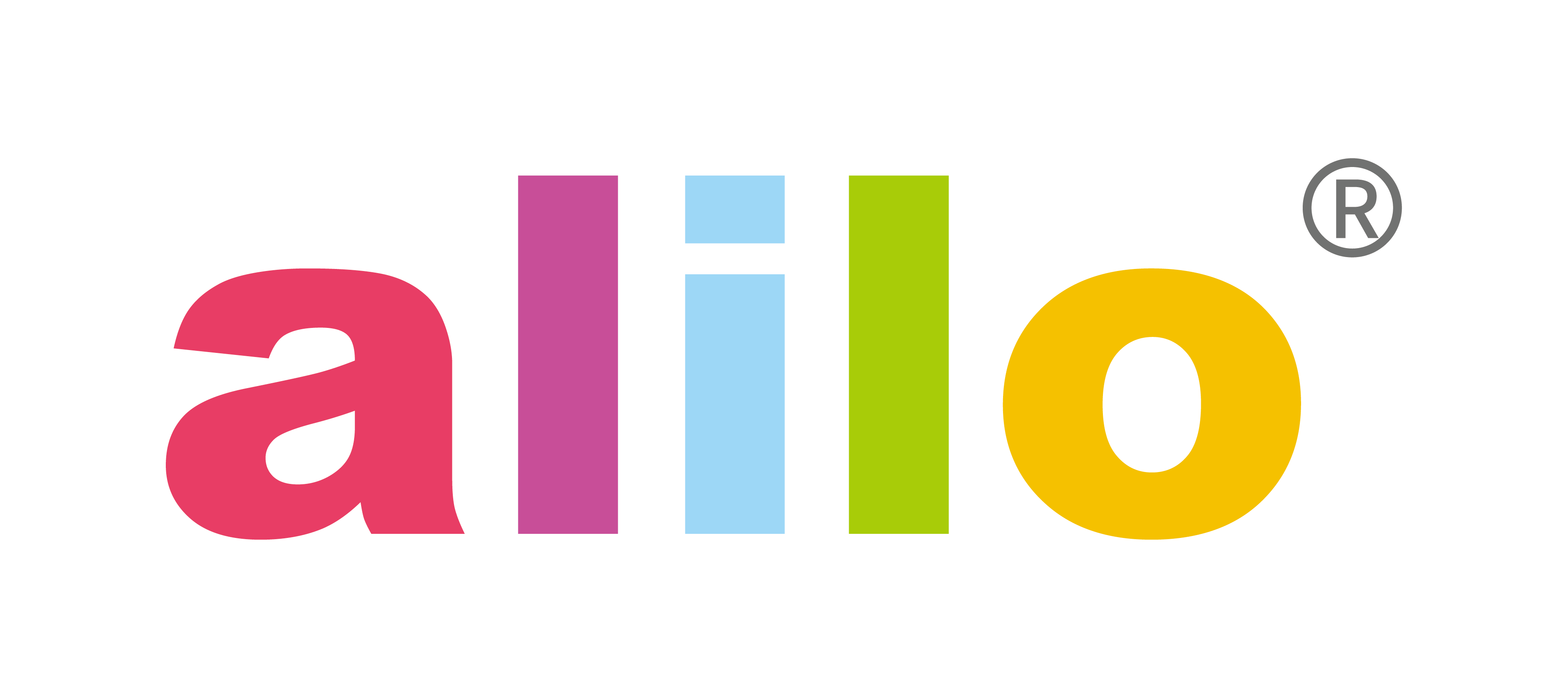
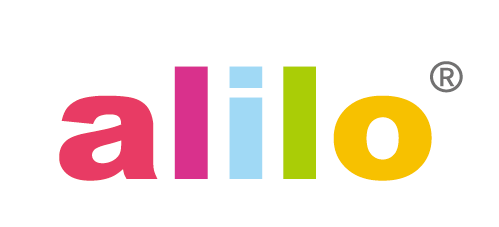
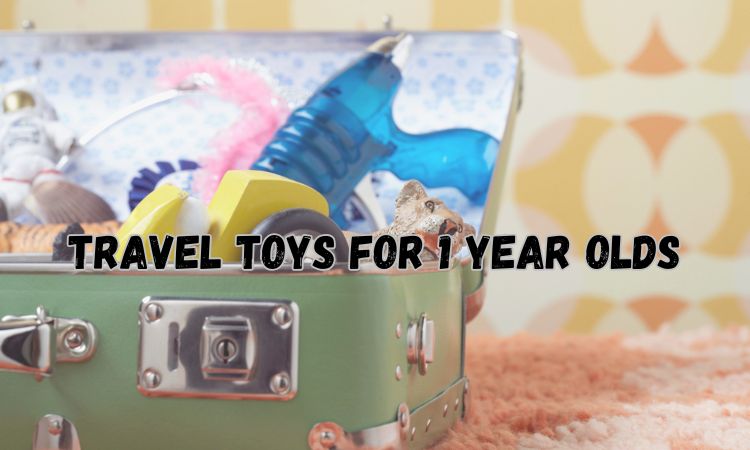
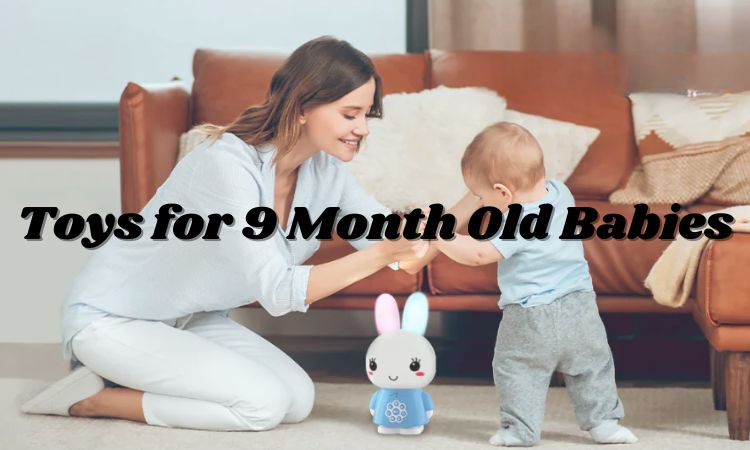
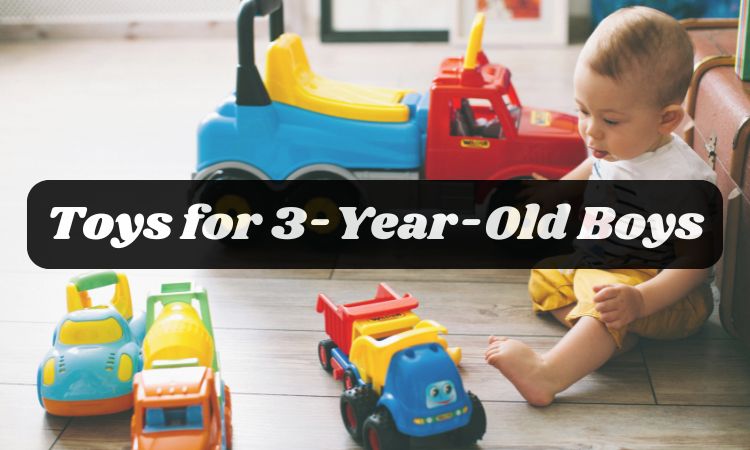
Share and get 5% off!
Simply share this product on one of the following social networks and you will unlock 15% off!